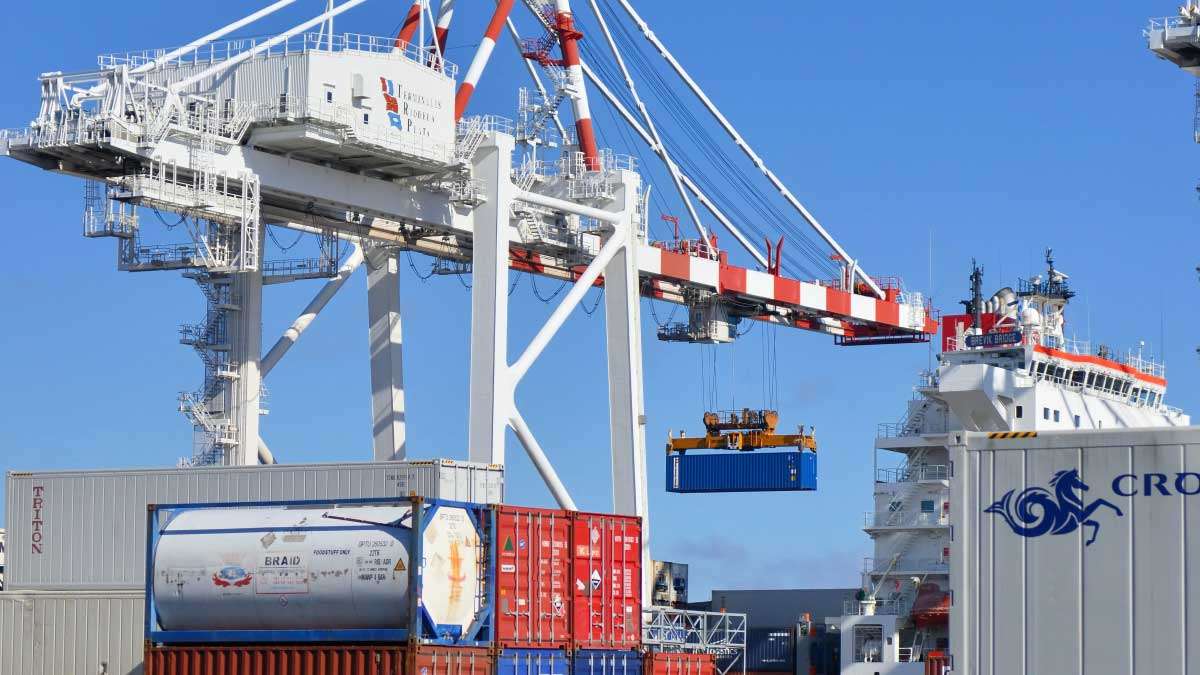
Transformative trends for the logistics industry in 2024
It has been a difficult few years for the logistics sector. There have been significant supply chain disruptions, unclear new regulations and limits, and volatile changes in consumer demand as a result of Covid-19, the Ever Given, and other mishaps. Naturally, the logistics sector continues to advance. The worst of the global epidemic has passed, and now executives in the business are preparing to usher in a new age marked by innovative technologies, procedures, and standards. What are the key developments in logistics that could completely change the sector by 2024 and beyond?
Future-changing Trends for Logistics Industry
Cloud-based systems and integrations
One of the major trends in the logistics industry is the adoption of cloud-based systems and integrations, which enable seamless data sharing and collaboration across the supply chain. Cloud-based systems offer many benefits, such as scalability, flexibility, security, and cost-effectiveness. They also allow for easy integration of various applications and platforms, such as enterprise resource planning (ERP), warehouse management systems (WMS), transportation management systems (TMS), and e-commerce platforms. By using cloud-based systems and integrations, logistics providers can improve their operational efficiency, visibility, and customer service.
Autonomous vehicles
Another trend that is transforming the logistics industry is the development and deployment of autonomous vehicles, such as self-driving trucks, drones, and robots. Autonomous vehicles can reduce human errors, fuel consumption, emissions, and labor costs, while increasing safety, speed, and reliability. They can also operate in harsh or remote environments, where human drivers may face challenges or risks. Autonomous vehicles are expected to revolutionize the logistics industry, especially in the areas of long-haul trucking, last mile delivery, and warehouse operations.
3D printing
3D printing, also known as additive manufacturing, is a technology that creates physical objects by depositing layers of material on top of each other, following a digital model. 3D printing has the potential to disrupt the logistics industry, by enabling on-demand and customized production of goods, closer to the point of consumption. This can reduce the need for inventory, transportation, and warehousing, while increasing customer satisfaction and loyalty. 3D printing can also create new opportunities for logistics providers, such as offering 3D printing services, delivering raw materials, and recycling waste.
Real-time analytics and tracking
Real-time analytics and tracking are essential for the logistics industry, as they provide valuable insights and information on the status and performance of the supply chain. Real-time analytics and tracking can help logistics providers optimize their routes, schedules, and resources, as well as monitor and mitigate risks, such as delays, disruptions, and damages. They can also enhance customer experience, by providing accurate and timely information on the location and condition of their shipments. Real-time analytics and tracking can be achieved by using various technologies, such as sensors, GPS, RFID, and IoT.
Efficiency in last mile delivery
Last mile delivery, which refers to the final stage of the delivery process, from the distribution center to the customer’s doorstep, is one of the most challenging and costly aspects of the logistics industry. Last mile delivery is influenced by many factors, such as traffic congestion, urban density, customer preferences, and environmental regulations. To improve efficiency in last mile delivery, logistics providers are adopting various strategies, such as using alternative modes of transportation, such as bikes, scooters, and electric vehicles, leveraging local networks, such as lockers, shops, and kiosks, and offering flexible and convenient delivery options, such as same-day, next-day, and time-slot delivery.
AI and machine learning
AI and machine learning are technologies that enable machines to learn from data and perform tasks that normally require human intelligence, such as recognition, prediction, and decision making. AI and machine learning can enhance the logistics industry, by enabling automation, optimization, and innovation. For example, AI and machine learning can help logistics providers automate repetitive and mundane tasks, such as data entry, invoicing, and customer service, optimize their processes and operations, such as demand forecasting, route planning, and inventory management, and innovate new products and services, such as personalized recommendations, dynamic pricing, and smart contracts.
The blockchain
The blockchain is a technology that creates a distributed and immutable ledger of transactions, that can be verified and shared by multiple parties, without the need for a central authority. The blockchain can improve the logistics industry, by increasing transparency, trust, and security, across the supply chain. The blockchain can enable logistics providers to track and trace the origin, movement, and quality of their goods, as well as verify the identity, credentials, and reputation of their partners and customers. The blockchain can also facilitate faster and cheaper transactions, by eliminating intermediaries, fees, and fraud.
Conclusion
The logistics industry is facing a wave of change, driven by technological innovations and changing customer expectations. These trends are creating new challenges and opportunities for logistics providers, who need to adapt and innovate to stay competitive and relevant. By embracing these trends, logistics providers can enhance their efficiency, quality, and value, and deliver a better service to their customers.
